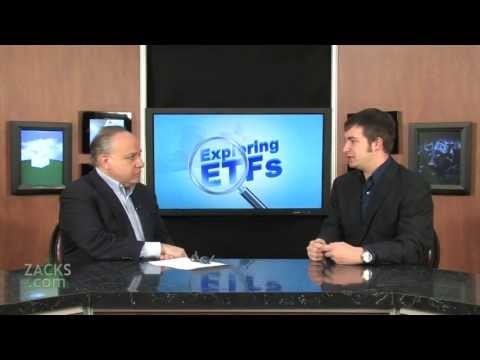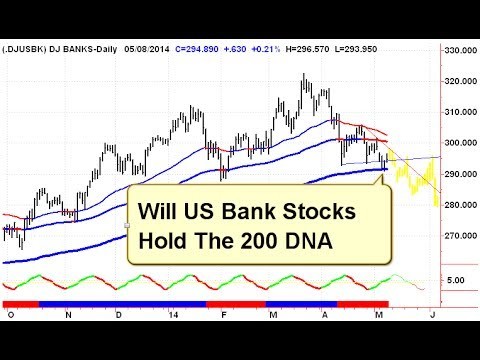SPDR Files For Emerging Market and Crossover Bond ETFs ETF News And Commentary Zacks Investment
Post on: 2 Октябрь, 2015 No Comment

After the recent launches of SPDR MSCI EM 50 ETF (EMFT ), and the SPDR MSCI ACWI IMI ETF (ACIM ) in the global equity space, State Street Global Advisors has recently filed for two more funds the SPDR BofA Merrill Lynch Emerging Markets Corporate Bond ETF (EMCD) and the SPDR BofA Merrill Lynch Crossover Corporate Bond ETF (XOVR). These diversified debt ETFs, if given a green light by the SEC, could give investors two new choices in SPDRs quickly growing fixed income family.
EMCD and XOVR will, respectively, track the performance of the BofA Merrill Lynch Emerging Markets Large Cap Senior Corporate Index and the BofA Merrill Lynch US Diversified Crossover Corporate Index. The former index tracks the emerging market senior and secured corporate debt market whereas the latter tracks the U.S. crossover corporate bond market. No information has been disclosed in terms of the expense structure for either fund at time of writing (see Go Local With Emerging Market Bond ETFs ).
Though like most ETFs, these look to be passively managed funds, yet they would not employ a full replication strategy. Instead, their investment strategy and holdings would depend on a sampling technique (minimum 80% of total assets), on specific securities that best track the indexes in terms of risk-return tradeoff. The remainder may be invested in other non-indexed debt securities, money market instruments etc in order to generate a positive alpha.
While the EMCD seeks to give investors holistic exposure in the emerging market debt space, primarily by investing in dollar-denominated debt securities traded in the U.S. and Eurobond markets, XOVR seeks to capture the essence of crossover bonds with the majority of investments going to U.S. dollar-denominated BBB and BB rated debt paper. This segment represents the region that falls at the lower end of investment grade and the high end of the junk bond market. As a result, these securities look to be higher risk than many investment grade bonds but could also be safer than most of their junk bond counterparts (read Follow Buffett With These Developed Market Bond ETFs ).
Bond ETF Competition
The very concept and strategy of these two funds may seem innovative and attractive, but it is prudent to note that there are certain ETFs which target and caters to the same segment. iShares JP Morgan Emerging Market Bond Fund (EMB ) has the features of both emerging market debt as well as crossover bonds. EMB holds 71.14% of its assets in BBB or BB rated debt papers and has a three year total return of 17.58%. It charges investors 60 basis points as fees and expenses, a little above the category average of 51 basis points.
In the high yield corporate bond space, iShares iBoxx $ High Yield Corp Bond Fund (HYG ) could also pose some competition. This fund invests in liquid, but below investment grade, corporate debt, and has performed quite well in the past three years, gaining 21.29% in the period. The fund has been able to earn a decent risk-adjusted return with its 3 year Sharpe ratio at 1.15. The expense ratio stands at 50 basis points which is roughly in-line with the category average (read Five Cheaper ETFs You Probably Overlooked ).

Investing in emerging market and crossover debt space has its pros and cons. It is subject to geopolitical risk, economic risk, default risk, and inflation risks, just to name a few. However, it also gives the opportunity for the U.S investor to obtain above average payouts compared to what they earn in the extremely low yielding U.S. investment grade debt market (read Three Bond ETFs For A Fixed Income Bear Market ).
The demand for products giving exposure in these fields is ever increasing among the U.S investors, therefore XOVR and EMCD are likely to see decent inflows in their assets as suggested by the inflows that other, similar funds have seen since their inceptions. After all, both EMB and HYG have been around for a little more than four years and have since then seen a considerable amount of inflows and average trading volumes.
For EMB, the average volume continues to be one of the highest in the category at just over one million shares while its assets currently stand at about $4.13 billion. HYG on the other hand maintains an average daily volume of 1.7 million shares and total assets of $14.36 billion, suggesting there might be significant demand for XOVR and EMCD if they ever pass the SECs regulatory hurdles.
Want the latest recommendations from Zacks Investment Research? Today, you can download 7 Best Stocks for the Next 30 Days. Click to get this free report >>














